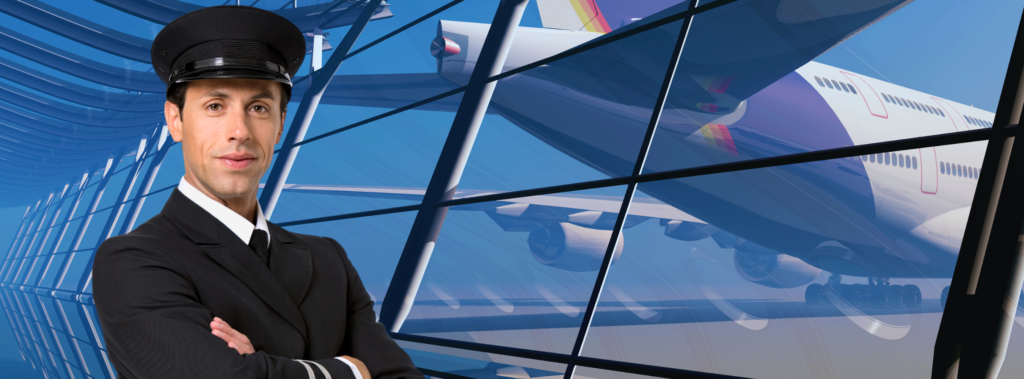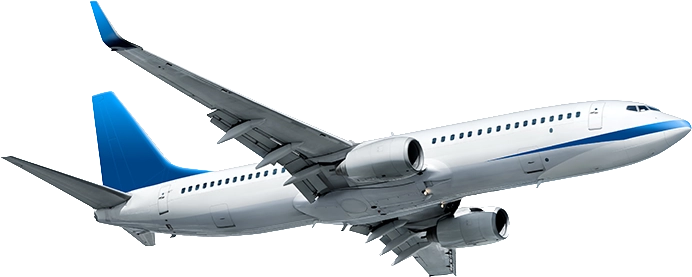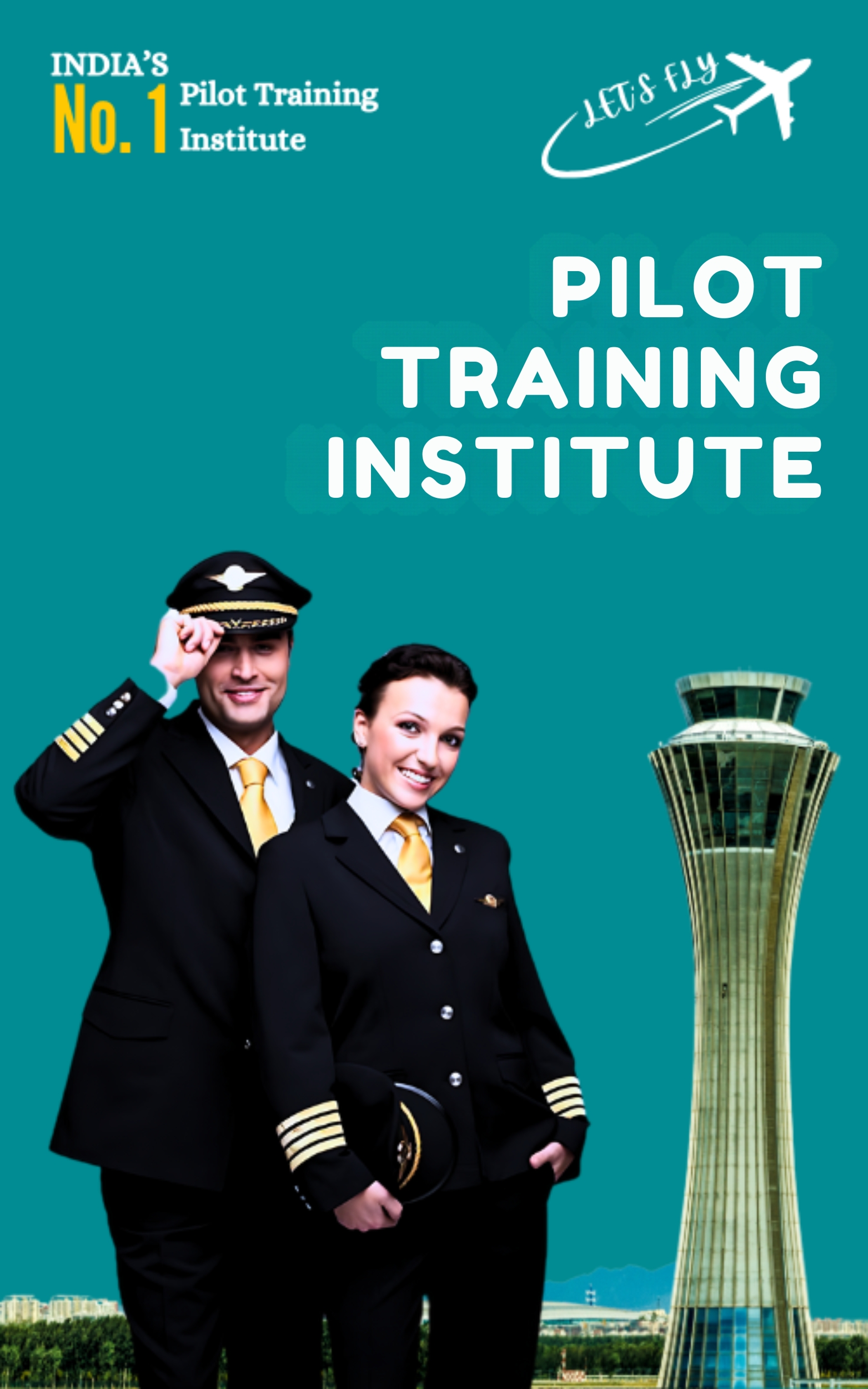How to Become a Pilot After 12th in India?
Becoming a pilot after Class 12th is one of the great career options in India. India is the fastest-growing country in the world, and the aviation sector is a major beneficiary of it. To become a certified pilot in India, there is a three-step process that we will discuss here.
Choosing piloting as a career is a high-paying, secure, and inspiring career option. For pilots, India has strict eligibility criteria, pilot exams, and expensive training. You can get different types of pilot licenses in India, and all have almost the same procedure.
But one thing is clear: India’s aviation sector is growing very fast, due to which more pilots and aircraft are required to meet this opportunity. Whether you are from a commerce background or a science background, you can become a pilot in India. You must carefully read this detailed pilot guide.
Pilot Overview in India
A pilot is a term for a person who is responsible for flying an aircraft safely and efficiently. There are different types of pilot options available, for example, commercial pilot, military pilot, corporate pilot, helicopter pilot, etc.

Let’s take a look at Indian Airlines’ future growth.
The government will expand airports from 149 (right now) to 220 in the next 5–6 years. Airline companies have already placed orders for 1100+ aircraft in India. They regularly hire pilots, cabin crew members, and ground staff.
You can become a part of this growing industry. This career also offers you a high salary, a good lifestyle, and the opportunity to travel around the world.
It’s the right time to start your pilot training in India. After the 12th, to get a pilot license, you need almost 2 to 3 years.
Steps to Become a Pilot After 12th in India
There are a few things that need to be done to become a pilot in India. Please carefully give attention to this, because this will cover all of your doubts about becoming a pilot in India.
Step 1: Eligibility Criteria for Pilot After 12th in india
- Age: The age should be 16 years old.
- Education: Of course, you have to be 12th-pass with physics and mathematics. As per Indian airline companies, your combined percentage of English, math, and physics should be more than 51% for Indigo, whereas Air India needs 60%.
If you do not have physics and mathematics in 12th grade According to Option in India, then you can take an open exam for two subjects from NIOS. Pass it, and start training.
- After a Medical test, you should be physically fit to fly an aircraft. For that, you should take a class 2 medical test from a DGCA-certified doctor. You must hold a valid DGCA class 1 and class 2 medical certificate.
There are a few tests required for you to get an SPL (Student Pilot License). The test includes
- Eye Test
- Radiology
- Ear Test
- ECG
- CBC
- Urine RE ME
- Liver Function Test
- Blood sugar, F, and PP
- USG whole abdomen
Note: The medical test is more important than the 12th. All of your tests should be perfect, and if something can be fixed, then go for it.
Read More:- How to Become a Pilot After 10th
Step 2: DGCA Exam Subjects for Pilot After 12th in India
The candidate needs to meet all the above requirements and pass their DGCA class 2 medical certificate before they can start preparation for the DGCA exams in India. Also, there is no percentage required to fill out the form.
DGCA conducted five exams, and the final RTR was conducted by WPC.
- Air Navigation
- Aviation Meteorology
- Air Regulation
- Technical General
- Technical Specific
- Radio Telephony Restricted RTR (A)
Each candidate needs to clear all the exams with a minimum of 70% marks. You can join ground-class training at India’s top aviation institute to clear your exams. Make sure to choose your training school wisely.
DGCA exams are only an entrance to joining a flight training school. Other than this, you also need to be prepared for the interview and have physical fitness.
Read More:- DGCA Exam Syllabus and Subjects



